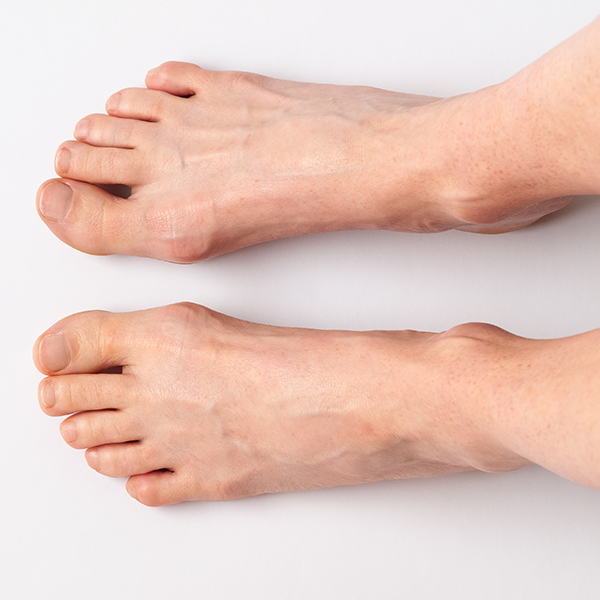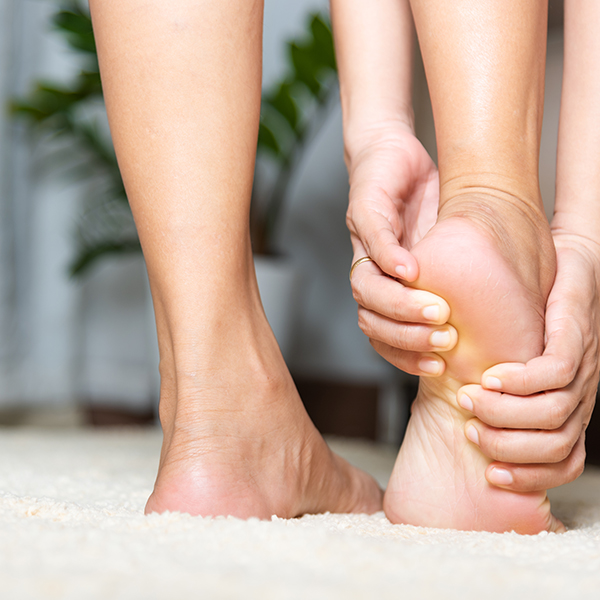Ingrown Toenails
One of the most common nail problems occurs when the sides or corners of the nail grow in a way that digs into the soft tissue of the toe. This condition can result in complications, such as pain, swelling, redness, and infection.
Ideally, toenails should grow straight. But if one or both of the nail sides curve, then the nail can grow into the flesh and become a painful problem. Most often, the big toe is affected by ingrown toenails. But this issue can affect other toes as well.
What Causes Ingrown Toenails?
Genetics can play a role in the development of ingrown toenails. If one or both of your parents had problems with ingrown toenails, then it means that you have a higher risk of experiencing the same issue. Other factors can also increase the risk of ingrown toenails:
- Improper nail trimming
- Crowded toes inside your shoes
- Pressure from the shoe pushing on the nail
- Repeated injury or irritation from daily activities
When an ingrown toenail occurs, you will feel the problem due to the pain and swelling. Not only does the toe turn red and become tender to the touch, but sometimes drainage will occur due to infection. You will also be able to see that the skin tissue is protruding where the nail is pushing on the skin. Sometimes, the infection causes a foul odor.
When to Talk to a Podiatrist
Home treatments can be used for ingrown toenail issues. The foot should be immersed in a warm water soak. Then you should carefully trim the nail to remove the portion that is cutting into the skin.
If you experience recurring problems with ingrown toenails, or you have signs of infection (extreme redness and/or draining), then it is a good idea to talk to a local podiatrist. Patients with other health complications, such as poor circulation or diabetes, shouldn’t delay a visit with a podiatrist. Immediate treatment can reduce the risk of complications in the future.
Several treatment options will be considered:
- Splint: The nail can be raised slightly and separated from the skin by placing a small splint below the nail. This splint needs to be changed daily and can help the nail to grow in the right direction.
- Partial Nail Removal: A portion of the nail can be removed when the ingrown nail is severe. Not only is the main part of the nail trimmed or removed by laser, but part of the nailbed is also removed, so the nail doesn’t grow back and cause the same problem in the future.
- Infection Treatment: When an infection is present, then medication might be needed along with the nail treatment. Your podiatrist will provide information if you should be using a topical or oral antibiotic.
Are you tired of the pain and discomfort of ingrown toenails? Rock Canyon Foot and Ankle is here to help you eliminate the problem. Contact us to schedule an appointment to talk with a knowledgeable podiatrist in Denver.











